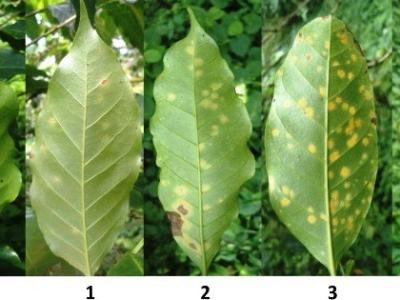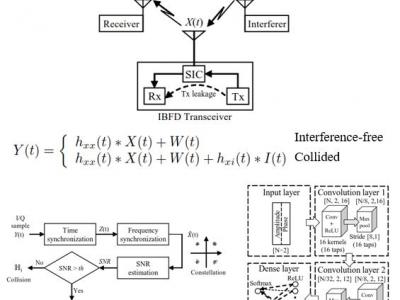Machine Learning

This dataset contains multispectral high resolution 1627 image patches of size 10 x 10 pixels with each pixel size of 10mx10m. These patches are generated from the Sentinel-2 (A/B) satellite images acquired during the period of October 2018 to May 2019. It covered one life cycle (12 months) of the sugarcane crop in the region of the Karnataka, India. Many parameters like plantation season, soil type, plantation type, crop variety and irrigation type that affects the growth of the sugarcane crop are considered while generating the samples.
- Categories:
 2139 Views
2139 Views
Deep facial features with identity generated from CelebA dataset using facenet network (128 real-valued features). Dataset contains:
- full dataset
- training dataset
- validation dataset
Link to CelebA dataset: http://mmlab.ie.cuhk.edu.hk/projects/CelebA.html
- Categories:
 362 Views
362 Views
Music and animal's basic emotions associated with acoustic signals.
Files associated with animals’ sounds mainly were based on the records from Volodins Bioacoustic Group Homepage
http://www.bioacoustica.org/index_eng.html
http://www.bioacoustica.org/gallery/gallery_rus.html
More details:
- Categories:
 817 Views
817 ViewsThe dataset contains medical signs of the sign language including different modalities of color frames, depth frames, infrared frames, body index frames, mapped color body on depth scale, and 2D/3D skeleton information in color and depth scales and camera space. The language level of the signs is mostly Word and 55 signs are performed by 16 persons two times (55x16x2=1760 performance in total).
- Categories:
 2626 Views
2626 ViewsWe build an original dataset of thermal videos and images that simulate illegal movements around the border and in protected areas and are designed for training machines and deep learning models. The videos are recorded in areas around the forest, at night, in different weather conditions – in the clear weather, in the rain, and in the fog, and with people in different body positions (upright, hunched) and movement speeds (regu- lar walking, running) at different ranges from the camera.
- Categories:
 11593 Views
11593 ViewsMosquito bites result in the deaths of more than 1 million people every year. Certain species of mosquitos like Aedes are the main vector of arboviruses that cause Dengue, Malaria and Yellow fever. Image based mosquito species classification can be helpful to implement strategies to prevent the spread of mosquito borne disease. Automated mosquito species classification can aid in laborious and time consuming task of entomologists besides enhancing accuracy.
- Categories:
 2856 Views
2856 ViewsCoventry-2018 is a human activity recognition dataset captured by three Panasonic® Grid-EYE (AMG8833) infrared sensors in March 2018. The Grid-EYE sensors represent a 60 field of view scene by an 8 × 8 array named frame. The data streams are synchronized to 10 frames per second and saved as *.csv recordings using the LabVIEW® software. Two layouts are considered in this dataset with different geometry sizes: 1) small layout; and 2) large layout.
- Categories:
 1845 Views
1845 Views





